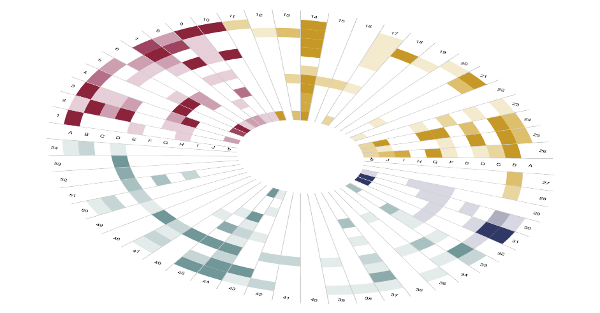Engineering +

Dean Yannis C. Yortsos
THE CHALLENGES OF OUR TIMES
At a rather unsuspecting time, a mere one year ago, the National Academy of Engineering (NAE) articulated 14 engineering grand challenges.
While financial clouds were still very far in the horizon, these challenges were centered on one key element, societal needs. When the clouds brought the devastating global financial storm in the Fall of 2008, societal needs moved from a somewhat abstract subtext to a brutal reality.
The Viterbi school co-hosted along with the Pratt School of Engineering at Duke and Olin College two National Summits on the NAE Grand Challenges, one in Durham in March 2009 and another in Los Angeles in October 2010 (the latter with the participation also of Caltech). The three schools have now been intimately involved in the organization of the first Global Summit of this kind to take place in London in March 11-13, 2013, co-hosted by the Royal Academy of Engineering, the NAE and the Chinese Academy of Engineering (link from the RAE on the event). This globalization of the NAE Grand Challenges demonstrates their global appeal.
With an ever accelerating faith in the power of technology and science, our community has eagerly looked to providing solutions to these complex problems. The bio-nano-info revolution of the last two decades has ushered in unprecedented new tools we can use. And the advances in information technology and computer science have empowered the ability of engineering to confront issues at levels unthinkable even a decade ago: To engineer incredible new devices, materials and processes – and in the process, dramatically change the scope of the discipline.
The new canvas on which engineers now paint is one that I can characterize as:
Engineering + {subject}
This evolution is manifested steadily and, most spectacularly, in medicine, through advances in health care and delivery, a key subset of the NAE challenges. Our own Viterbi School is deeply immersed in this increasingly close relationship with medicine. Energy is another such vital group of challenges.
Engineering+ is now the norm. But can this transformative feature help us get out of the current deep financial crisis?
I will not be saying anything novel by stating the relevance of the deductive sequence:
Ideas --> Innovation --> Economic Health
More than even before, however, ideas and innovation must revolve around concepts that solve real problems and add real value. The NAE grand challenges provide a focus to germinate such ideas. Indeed, one can almost map one-to-one the proposed initiatives of the new federal administration in urban infrastructure, health care reform, green technologies and K-12 education to the NAE challenges.
Armed with new engineering weapons we can focus precisely and relentlessly on the new challenges. Solving problems under constraint, even under the severe conditions we currently experience, is the hallmark of engineering. The Viterbi School is committed to take part and be counted as a leader in this effort.
And after we are able to recover, we must address a much tougher challenge, not articulated by the NAE, which resides at the intersection of engineering + social sciences. This intersection, dealing with the variables of human nature, produces constantly changing complex systems and makes life interesting. The current global crisis underscores its vast importance. It is time to face it in earnest.
Mapping Engineering+ at USC Viterbi
Engineering+ is simply Engineering + {subject}. This radial graph charts the frequency of 54 non-engineering subjects (numbers) through the 11 departments (letters) in the USC Viterbi School of Engineering. The concentric ellipses establish rows and in each row is a letter for each department. The cells generated at the intersections of the numbers and the letters represent the presence of the non-engineering subjects in the research or teaching portfolios of tenured and tenure-track faculty in the departments. The more frequent the appearance of a subject, the more saturated the shade of the cell.
Click the image to explore an interactive map of Engineering+ at USC Viterbi.
Published on December 1st, 2016
Last updated on August 5th, 2020








